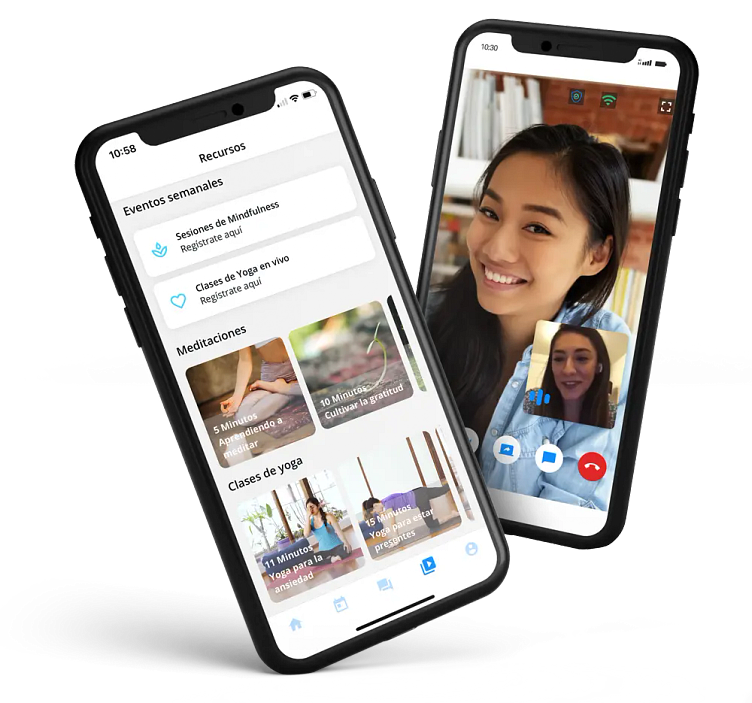Terapify App
Terapify is an online psychological therapy application, where you can talk securely and privately with a trusted psychologist from wherever you are and whenever you need it. We have more than 300 online psychologists willing to listen to you and accompany you to build the life you would like to have.
Problem Statement
It is an app that was created in 2017. In the beginning, the app was composed of a list of psychologists and the user could schedule an appointment. However, the number of psychologists was increasing every day, so scheduling an appointment was time-consuming. As a result, users dropped out of the process. Our challenge was to get the user to make an appointment with the right psychologist for their needs and not drop out of the process.
App status in 2021
Business Goals:
Increase the number of payments through an app.
Discover Phase
In this research, I relied on the following sources:
Analytics: Identification of where they leave the booking process.
Customer support: Recurring complaints: - Payment - Choosing a psychologist - Rescheduling appointments - Cancelling appointments
Survey: The challenges that users had when using the app were the following: - Rescheduling appointments - Payment - Choosing a psychologist
Analytics shows us that the channel through which users arrive is 48% mobile. With this information, we made the decision to prioritize the redesign of the app.
The number of payments made through this channel is 3,800 per month.
We identified that at the time of scheduling, patients abandoned the payment process.
User Feedback
👩🏻 "I can't buy appointment packages”
👩🏻 "It is not possible to make a match, or filter by therapeutic model”
🙋♂️ "It's not easy to find a psychologist”
👨 "I can't send messages during the session"
👩💻 "I can't pay through the app”
👩💻 "It does not have filters to search for the psychologist by name”
As we learned what the users' problems were, we identified that there were more opportunities for improvement in the application. The Terapify app does not offer the experience that users expect, and also doesn’t have the same features as the web channels.
Define Phase
Workshop: To overcome these challenges and streamline the decision-making process, we met with engineering and marketing teams in a workshop to discuss the features to be included in the app.
For one hour we worked on a Miro board that was divided into the modules of the app and the functionalities of each one.
Design Phase
Before starting to design the functionalities, I made a plan in Notion to identify what resources would be needed such as copies, images, and illustrations
Followed the below steps in the design phase:
Low-fidelity wireframes
High-fidelity wireframes
Components design
User interface
Low-fidelity Wireframes
Low-fidelity wireframes helped us to see the possible use cases and the change of components in the screens.
Low-fidelity Wireframes
Low-fidelity wireframes helped us to see the possible use cases and the change of components in the screens.
High-fidelity wireframes
I designed high-fidelity wireframes that included the styles of the component.
It helped us move forward in functionalities that do not require design.
Component Design
We designed new components and styles that now guide the construction of the Terapify App design system.
Before App
Takeaways
📣 Working together with the marketing and business team helped me to have the perspective of how to prioritize the modules of the app and bring value to the user.












